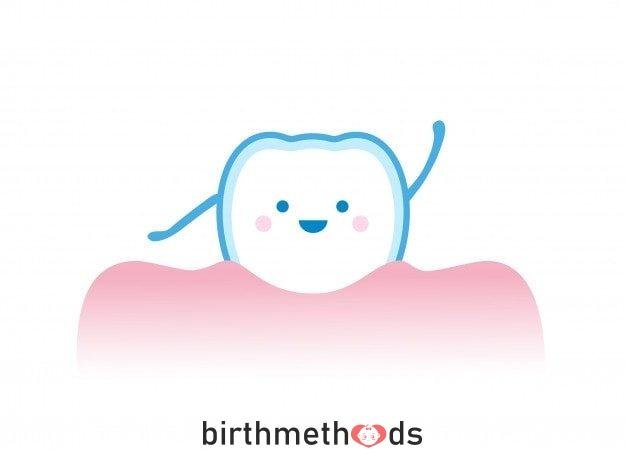Because having a baby is the most pleasant feeling in the world, their health is at the center of our lives. Therefore, every parent is very concerned when an umbilical hernia is seen in babies. But let’s start by saying that this is no cause for concern. Because 20% of newborn babies, that is, 1 out of every 5 babies, can experience this situation. ~ 153~
Although the development of babies is extremely fast, it continues in a completely uncontrolled manner. Sometimes, this uncontrolled development process can lead to disruptions. Although umbilical hernia is experienced in adults for many reasons, this is not the case in infants. It is mostly observed due to the weakness of the abdominal wall during the developmental stage or the excessive pressure of one of the internal organs on the abdominal wall.
How to Identify Umbilical Hernia in Babies?
The symptoms of umbilical hernia in babies are very clear and can be understood directly. A small bump usually forms around the navel. It is impossible not to notice this. Therefore, it is unlikely that your doctor will not see it. What you don’t need to worry about is that such minor problems are frequently observed in babies at such developmental stages.
~ 152~ But the human body has a mechanism to act according to possible setbacks during its developmental stage. If a small part of the abdominal wall is softer than it should be or if the organs are pressing on this area, it tries to overcome this problem quickly. It’s incredible how fast-growing babies can tolerate this in their bodies. However, some babies can have an umbilical hernia up to the age of 4 years. If there is a more serious element among the causes of umbilical hernia in babies, your doctor will intervene. However, in general, symptoms such as umbilical hernia in infants resolve spontaneously with a high rate of 90% until the age of 4.
Image Source: nhs.uk
What Causes Umbilical Hernia in Babies?
It’s normal for every parent to want to know about the causes of umbilical hernia in babies. However, there are no reasons such as heavy lifting or reverse movement as in adults. In the developmental stage, organs such as intestines in the abdominal cavity can always press on the abdominal wall. If the abdominal wall covers the entire abdomen, hernia formation is not seen at this stage.
However, some babies have very small gaps in the abdominal wall. This gap causes internal organs to press outward. The absence of a permanent condition is proportional to the growth of the baby’s body. Although the internal organs enlarge, the abdominal cavity expands, the abdominal wall becomes stronger. As a result, your baby’s umbilical hernia will pass by itself.
Treatment of Umbilical Hernia in Babies
Under normal conditions, the problem is solved without the need for umbilical hernia treatment in babies. While this process is possible within months in some babies, it may continue up to 2 years in others. In fact, the upper limit that can be expected for treatment is 4 years old. In other words, until the age of 4, the potential to pass spontaneously with 90% probability still continues. We can separate a few factors here.
- After the age of 2, the umbilical hernia still continues to grow
- The diameter of the umbilical hernia is larger than 2 centimeters
- The formation of a knot that may cause intestinal obstruction
- Your baby causing pain that will bother you
- 4 years old and still not going away
At this point, after being examined by your specialist doctor, a surgical operation is performed. Although it is a very fast operation, there is no risk for your baby. After hernia surgery in babies, a special suture technique is preferred to strengthen the abdominal wall. In this way, the hernia does not recur.
Our previous post Rash Symptoms in Babies, Causes and Treatment Methods in our article information about.














